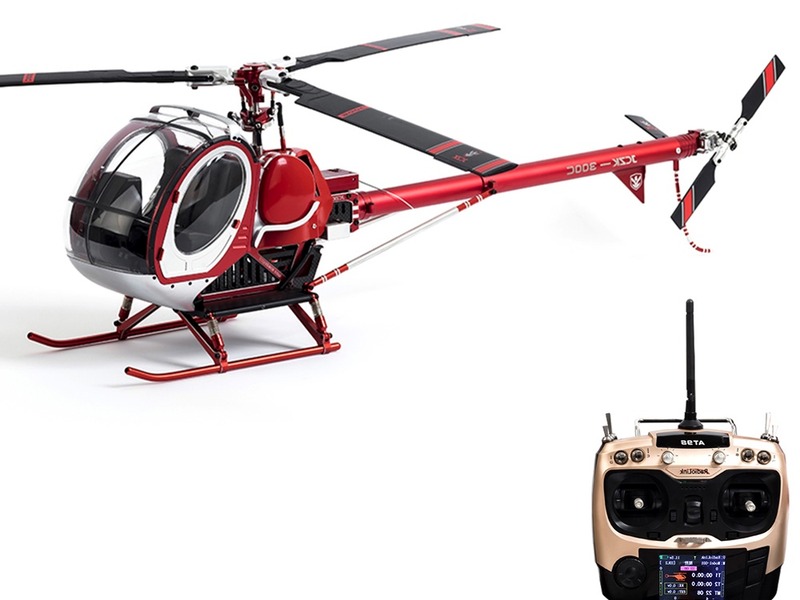Can a helicopter fly to the top of Mount Everest?

Yes, a helicopter can fly to the top of Mount Everest. The highest recorded flight of a helicopter to the summit of Mount Everest was made by the Eurocopter AS350 B3 helicopter on May 14th, 2005. The flight was piloted by the late Captain Siddartha Gurung and was part of a larger mission to deliver medical supplies to the Base Camp of the mountain.
The conditions at the summit of Mount Everest are extremely hostile and can be extremely unpredictable. The air is thin and the wind speeds can reach up to 100 knots (185 km/h). The temperature can drop to -60 degrees Celsius (-76 degrees Fahrenheit). Altitude sickness is a very real risk for pilots, as the oxygen levels at the summit are only about a third of what they are at sea level. In order to reach the summit, the pilot must be extremely skilled in navigating the terrain and must be able to adjust to rapidly changing conditions.
In order to make a successful flight to the summit of Mount Everest, the helicopter must be specially designed and outfitted for the task. The most common type of helicopter used for this purpose is the Eurocopter AS350 B3. This type of helicopter is capable of reaching altitudes of up to 28,000 feet (8,500 meters). It is also able to operate in temperatures as low as -50 degrees Celsius (-58 degrees Fahrenheit). The helicopter must also be equipped with a variety of safety features, such as a fuel dump system, an oxygen system, and a radar altimeter.
In order to make a successful flight to the summit of Mount Everest, the pilot must also be extremely experienced and well-trained. The pilot must be able to navigate the terrain and to adjust to rapidly changing conditions. The pilot must also be well-versed in the use of the helicopter’s safety features.
In addition to the pilot’s experience and training, the flight to the summit of Mount Everest also requires the use of a specialized climbing team. The team is used to provide assistance to the pilot, such as setting up landing sites and providing additional supplies. They are also used to monitor the progress of the flight and to provide additional support if needed.
Overall, a helicopter can fly to the top of Mount Everest, but it requires specialized equipment, experienced pilots, and a support team. It is also important to remember that the conditions at the summit can be extremely hostile and unpredictable, so the pilot must be well-trained and experienced in order to make a successful flight.
Comments / Question
2. Flying at high altitudes can cause engines to overheat due to the lack of sufficient air cooling.
3. The extreme weather conditions at the top of Mount Everest could cause icing on the blades and other components of the helicopter.
4. The area around the summit of Mount Everest is littered with large boulders and other hazards, making it difficult to land safely.
5. The changing wind patterns and turbulence at the top of Mount Everest could cause the helicopter to become unstable and difficult to control.
6. The extreme cold temperatures at the top of Mount Everest could cause the helicopter’s components to freeze and malfunction.
2. The extreme cold temperatures and turbulent air currents at the top of the mountain can make it difficult for helicopters to maintain steady and stable flight.
3. The high winds near the summit of Mount Everest can prevent helicopters from reaching the top of the peak.
4. The visibility at the top of Mount Everest can be very poor due to the frequent storms and snow, making it difficult for pilots to navigate and hover in the area.
5. The lack of fuel sources at the summit of Mount Everest makes it difficult for helicopters to refuel.

